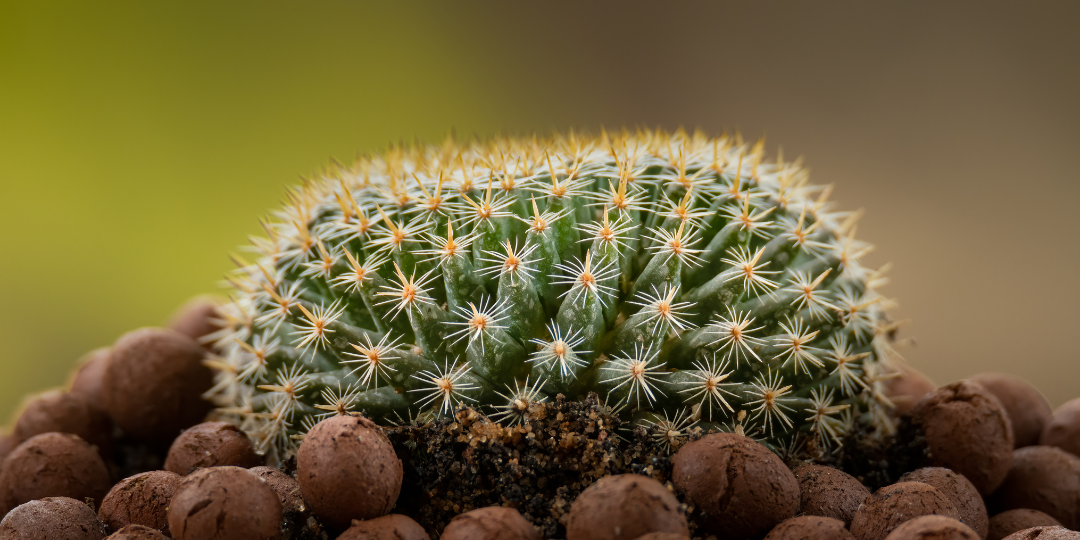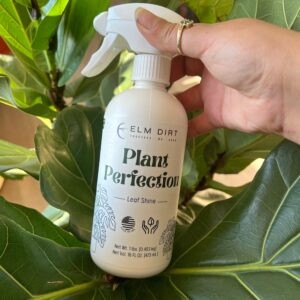
A Guide to Growing Houseplants in Leca
- By Elm Dirt January 8, 2024
Dive into the world of LECA and discover the secrets of growing houseplants in expanded clay pebbles. From selecting the right plants to troubleshooting tips, this guide is your key to cultivating flourishing foliage in the LECA haven.
Welcome to the fascinating world of LECA, where houseplants find a home amidst the airy embrace of expanded clay pebbles. Growing houseplants in LECA is a journey that elevates your green endeavors to new heights, offering a unique and effective way to nurture your botanical companions. In this guide, we’ll explore the ins and outs of this innovative growing medium, providing you with the tools to cultivate thriving houseplants.
The Magic Beneath Leca
Before delving into the how-tos, let’s understand LECA. Expanded clay aggregate, or LECA, consists of lightweight clay pebbles that create an airy and well-draining environment for plant roots. These porous pebbles not only provide stability for your houseplants but also enhance aeration and water distribution within the root zone. The result? Happy, healthy plants that flourish in this unique growing medium.
How Soil Health Supports Lush Greenery
Planting your houseplants in LECA requires a simple yet thoughtful approach.
Selecting the Right Plants
While many houseplants thrive in LECA, some take to it particularly well. Consider plants like pothos, snake plant, orchids, and peace lilies, which adapt seamlessly to the LECA environment.
Preparing the LECA
Rinse the LECA thoroughly to remove any dust. Soak it for a few hours to ensure the clay pebbles are hydrated, providing a welcoming space for your plant's roots.
Potting Process
Place a layer of LECA at the bottom of your pot, creating a reservoir for excess water. Nestle your plant into the pebbles, ensuring its roots make contact with the LECA. Fill the remaining space with more expanded clay, allowing the roots to intertwine with the pebbles.
Watering Technique
Watering in LECA follows a unique rhythm. Keep the reservoir at the bottom filled with water, allowing the plant to absorb moisture as needed. Refill the reservoir when it's nearly dry, maintaining a balance between hydration and aeration.
Nurturing Your Green Companions
Caring for houseplants in LECA involves a thoughtful approach to their specific needs.
Monitoring Moisture Levels
LECA provides an excellent visual indicator of moisture. As the pebbles dry out, they transition from a dark, saturated color to a lighter shade. This allows you to gauge when it's time for the next watering.
Balancing Nutrients
While LECA itself doesn't provide nutrients, it offers an ideal substrate for liquid fertilizers. Incorporate a balanced liquid fertilizer into your routine, ensuring your plants receive the necessary nutrients for robust growth.
Preventing Overwatering
The airy nature of LECA prevents waterlogging, making it an excellent choice for those prone to overwatering. The reservoir system allows the plant to take up water as needed, reducing the risk of root rot.
Types of Houseplants Thriving in LECA
LECA opens the door to a variety of houseplants that revel in its unique benefits.

Pothos
These adaptable trailing plants take well to LECA, appreciating the moisture balance and aeration it offers. The pebbles also prevent soil compaction, promoting healthy root growth.

Orchids
Known for their air roots, orchids thrive in the aeration provided by LECA. The pebbles support the roots while allowing them to breathe.

Monstera
With its iconic split leaves and vigorous growth, monstera loves the support and aeration that LECA provides. The pebbles create an ideal environment for monstera's expansive root system.
Troubleshooting Tips
Even with its many benefits, using LECA may present occasional challenges. Here’s how to troubleshoot common issues.
Yellowing Leaves
Yellow leaves may indicate overwatering or nutrient deficiencies. Adjust your watering frequency and ensure you're providing adequate nutrients through liquid fertilizers.
Root Health Concerns
If you notice root rot or unhealthy roots, consider repotting in fresh LECA. Trim away any diseased roots and adjust your watering routine to prevent future issues.
Pest Prevention
While LECA itself is inhospitable to many pests, occasionally, insects may still find their way. Regularly inspect your plants and treat any pest issues promptly.

Growing houseplants in LECA is a rewarding venture that transforms the way you care for your green companions. The airy, well-draining nature of expanded clay pebbles offers a conducive environment for robust root development and flourishing foliage. As you embark on this LECA adventure, witness your houseplants thrive in a haven that combines innovation and nature’s wonders.
Related Products
-
Bloom Juice
$19.95 – $174.95 — or subscribe and save 15% -
Plant Juice
$19.95 – $174.95 — or subscribe and save 15% -
Kelp Mist
$29.95 – $74.95 — or subscribe and save 15% -
Plant Perfection
$29.95 – $49.95 — or subscribe and save 15%



